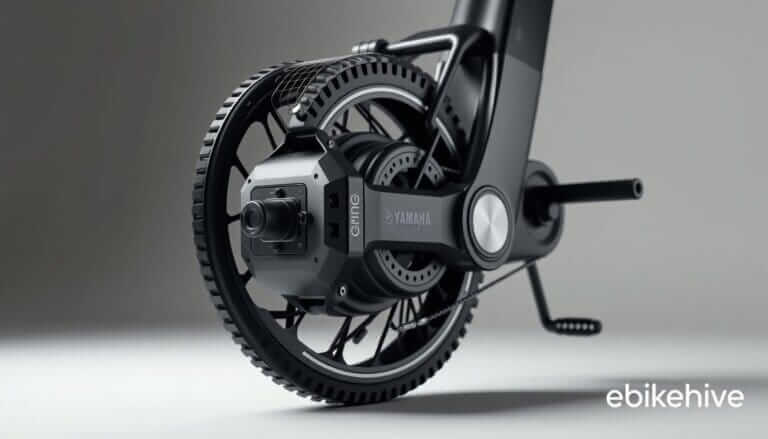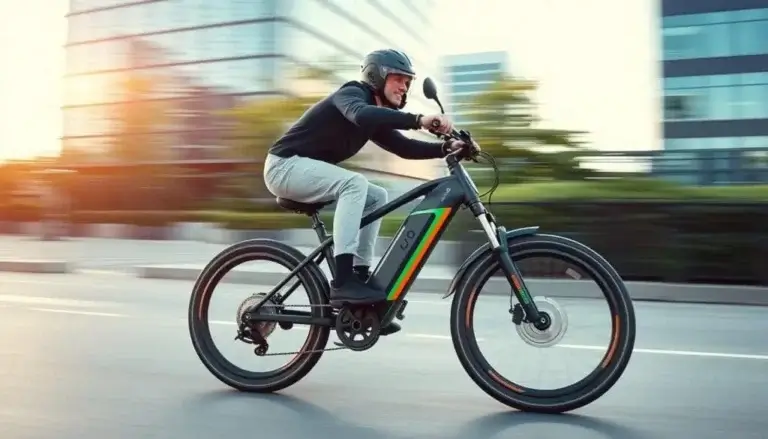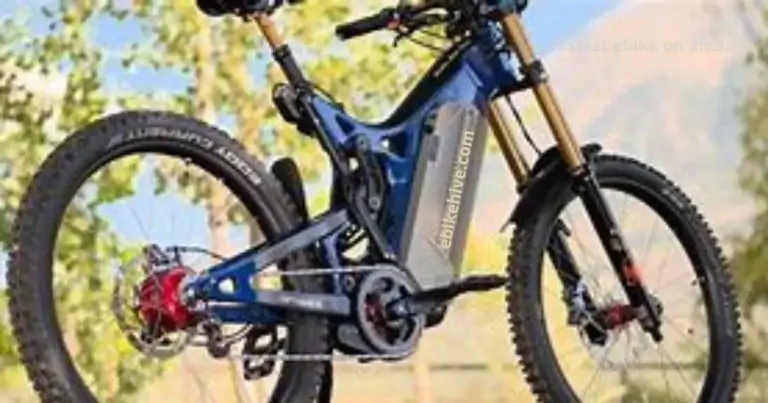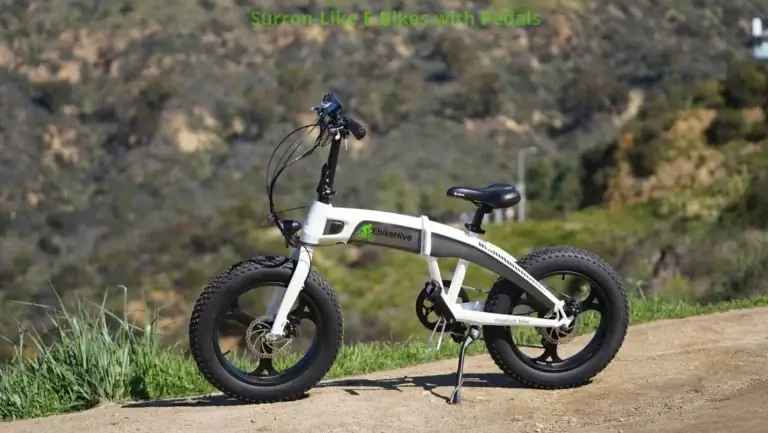Are Fast Ebikes Safe? What You Need to Know
With over a million e-bikes sold in the U.S. last year, their popularity continues to surge. However, as these electric bikes become faster, concerns about safety are increasing. are fast e-bikes safe? Understanding the risks and regulations surrounding high-speed e-bikes is essential, especially since some models exceed 20 mph.
Unlike traditional bicycles, e-bikes vary in power and classification. Class 3 e-bikes, for example, can reach speeds of up to 28 mph, sparking debates about their safety on shared paths and roads. Regulations differ across states—some permit high-speed e-bikes in bike lanes, while others restrict them to roads.
Globally, the situation is even more nuanced. European countries enforce their own e-bike laws, and studies reveal different injury patterns. As e-bikes continue to evolve, it’s crucial to examine how speed impacts safety to ensure responsible and informed riding.
The 7 Best Cheap & Fast Electric Bikes for Sale in 2025
Table of Contents
Later in this article, we’ll dive into specific data points, including injury statistics and regulatory differences worldwide. For now, let’s set the stage by examining the core factors influencing e-bike safety and performance.
Key Takeaways
- E-bike popularity is growing rapidly, with over 1 million sold in the U.S. last year.
- Class 3 e-bikes can reach speeds of up to 28 mph, raising safety concerns.
- Regulations vary by state and internationally, affecting where and how fast e-bikes can be ridden.
- Safety comparisons between e-bikes and traditional bikes reveal notable differences.
- Understanding local laws and safety guidelines is crucial for e-bike users.
Global E-Bike Safety Trends and Regulations
The global e-bike market is experiencing rapid growth, but safety concerns are rising alongside. As riders embrace the convenience of electric bicycles, governments worldwide are implementing various regulations to ensure road safety and reduce risks.
International Regulations and Safety Standards
Regulations for e-bikes differ widely depending on the region. In Europe, for example, e-bikes are categorized based on speed limits and other factors. The Netherlands enforces a maximum speed of 15 mph for e-bikes, whereas other countries may impose different restrictions. These rules typically address motor power, battery safety, and overall design to reduce risks. This raises an important question: are fast eBikes safe?
Fastest Electric Bikes vs Gas-Powered Bikes: Which Is Better?
Regional Differences and Enforcement
In Asia, early adoption of e-bikes led to rigorous evaluations of risk factors like battery malfunctions and motor performance. Studies have shown that poorly developed batteries can cause severe injuries. For example, a study in Europe highlighted cases of neurosurgical and orthopedic injuries linked to faulty e-bike components. This has prompted stricter enforcement of safety standards in many regions.
- European countries enforce strict standards on battery and motor performance.
- Asian nations have implemented varying laws, affecting both riders and manufacturers.
- Regulations differ on roads, impacting overall rider and vehicle safety.
Understanding these regional differences is crucial for riders to stay compliant and safe. As the e-bike industry evolves, these regulations will continue to shape the future of electric cycling worldwide.
Are Fast Ebikes Safe?
As the popularity of electric bicycles grows, so do concerns about their safety. Understanding the relationship between speed and safety is crucial for riders. E-bikes are classified into different categories, each with specific speed limits and features that influence their safety.
Understanding Speed Limits and E-Bike Classes
E-bikes are categorized into three main classes. Class 1 includes pedal-assist bikes with a maximum speed of 20 mph. Class 2 features throttle-assisted bikes, also limited to 20 mph. Class 3, the fastest, offers pedal-assist up to 28 mph. These classifications help regulate where each type can be used, balancing power with control for safer rides.
Examining Rider Responsibilities and Best Practices
Riders play a key role in safety. Adhering to speed limits and local laws is essential. Regular safety checks, wearing helmets, and understanding regulations are best practices. Higher speeds increase accident risks, especially in congested areas. Riders should adjust their power settings according to their environment to maintain control and minimize hazards.
| Class | Speed Limit | Features | Recommended Area |
|---|---|---|---|
| Class 1 | 20 mph | Pedal-assist only | Bike paths, parks |
| Class 2 | 20 mph | Throttle-assist | Urban areas, light traffic |
| Class 3 | 28 mph | Advanced pedal-assist | Highways, heavy traffic |
Informed use of e-bikes enhances safety and riding experience. By understanding their class, riders can choose appropriate settings and areas, reducing accident risks and ensuring a safer journey.
Accident and Injury Insights for E-Bike Riders
Electric bicycles have become a popular mode of transportation, but their growing presence on roads has also led to concerns about accidents and injuries. Understanding the risks involved is essential for riders to stay safe.
Statistical Trends in Crash and Injury Rates
Recent studies reveal that e-bike-related accidents often result in more severe injuries compared to traditional bicycles. Factors such as maximum speed and traffic patterns significantly contribute to these risks. For instance, in regions with heavy traffic, the likelihood of accidents increases, especially when e-bikes share paths with faster-moving vehicles.
Research from Israel and the Netherlands highlights a notable rise in injury severity over time. In the U.S., counties like Marin and San Diego report higher mortality rates in e-bike accidents compared to traditional cycling incidents.
Case Studies from Marin County, California, and San Diego
In Marin County, a study found that e-bike riders are more likely to suffer severe injuries, particularly when navigating hills or high-speed roads. This trend underscores the importance of adhering to local traffic rules and safety guidelines.
San Diego has seen a surge in traffic-related e-bike injuries, often involving collisions with cars. These incidents frequently occur in areas with inadequate bike lanes, emphasizing the need for improved infrastructure to protect cyclists.
| Region | Injury Rate | Key Factors | Recommended Safety Measures |
|---|---|---|---|
| Marin County | Higher Severity | Hilly Terrain, Speed | Helmet Use, Speed Limits |
| San Diego | Increased Traffic Accidents | Heavy Traffic, Infrastructure | Better Bike Lanes, Rider Education |
| Netherlands | Rising Over Time | Speed Limits, Battery Issues | Regular Maintenance, Traffic Enforcement |
are fast ebikes safe?
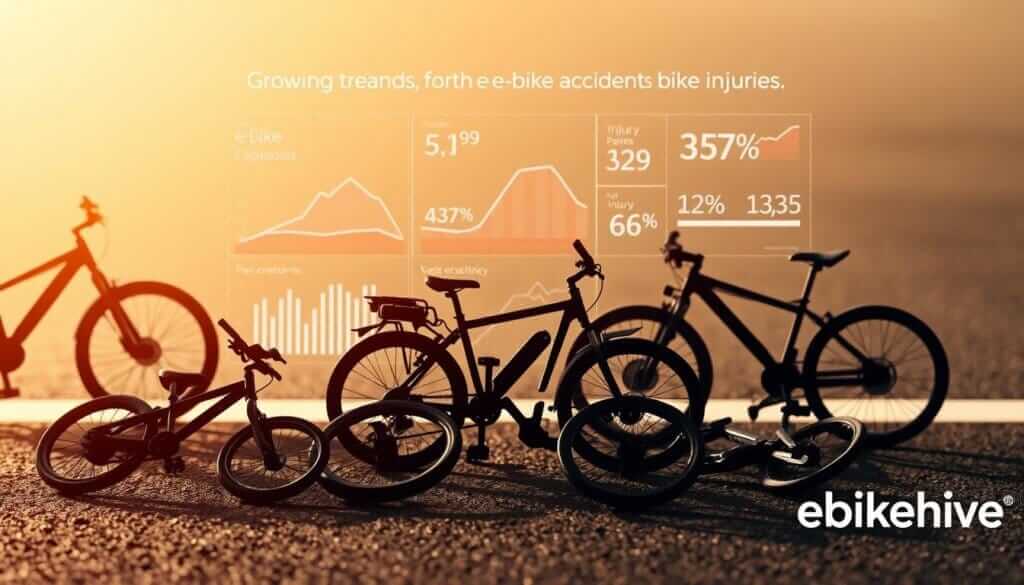
These findings highlight the need for stricter safety rules and better infrastructure to protect e-bike riders. By understanding these trends and adhering to local traffic rules, cyclists can significantly enhance their safety on the road.
How to Make Your Ebike Faster – 5 Proven Tips
E-Bike Component Risks and Maintenance Considerations
When considering the safety of electric bicycles, it’s crucial to examine the components that make them function. Like any vehicle, e-bikes have parts that can fail, leading to potential risks for riders. Understanding these risks and how to mitigate them is essential for safe and enjoyable use.
Identifying Product Defects and Battery Risks
One of the most critical components of an e-bike is its battery. Defective batteries can overheat, leading to fires or explosions. For example, a faulty battery can cause sudden malfunctions, especially during high-speed use. Tire blowouts and controller issues are also common problems that can result in loss of control, increasing the risk of injury.
Regular inspections can help identify these issues early. Riders should check for signs of wear on tires and ensure all electrical connections are secure. A well-maintained e-bike is not only safer but also more reliable.
Maintenance Tips for E-Bike Riders
To ensure your electric bike remains in good condition, establish a routine maintenance schedule. This includes checking tire pressure, lubricating the chain, and inspecting the brakes. Before each ride, perform a quick safety check to identify any potential issues.
When you notice any component damage or malfunction, don’t hesitate to contact a professional. Continuing to use a faulty e-bike can lead to more severe problems and increase the risk of accidents. Regular maintenance not only prolongs the life of your e-bike but also enhances your safety on the road.
| Component | Risk | Prevention |
|---|---|---|
| Battery | Overheating, fire | Regular charging cycles, avoid overcharging |
| Tires | Blowouts, loss of control | Check pressure, inspect for wear |
| Controller | Malfunction, power loss | Ensure connections are secure, update firmware |
By staying proactive with maintenance and being aware of potential component risks, e-bike riders can enjoy a safer and more enjoyable riding experience.
FAQ: are fast ebikes safe?
What are the main factors affecting e-bike safety on the road?
How do e-bike classes influence safety regulations?
What role does motor power play in e-bike safety?
Can e-bikes be safely used in all traffic conditions?
How does battery condition impact e-bike performance and safety?
What are the key considerations for riding an e-bike in hilly areas?
How can riders minimize the risk of accidents on e-bikes?
What maintenance checks are essential for e-bike safety?
Conclusion: are fast ebikes safe?
In conclusion, the safety of electric bicycles, particularly those with higher speeds, hinges on a combination of factors including proper maintenance, adherence to local regulations, and responsible riding practices. As you consider the use of these vehicles in urban and suburban areas, it’s crucial to stay informed about city-specific rules and the condition of your bike’s components, such as tires and batteries.
The data from both U.S. and international sources underscores varying safety levels influenced by factors like speed limits, traffic conditions, and the overall design of the e-bike. Regular maintenance and understanding the assistance levels provided by your bike can significantly enhance your safety on the road.
Remember, the evolving nature of e-bike regulations and technological advancements means staying updated is key. By prioritizing these elements, you can enjoy a safer and more efficient riding experience, whether navigating city routes or suburban paths.


